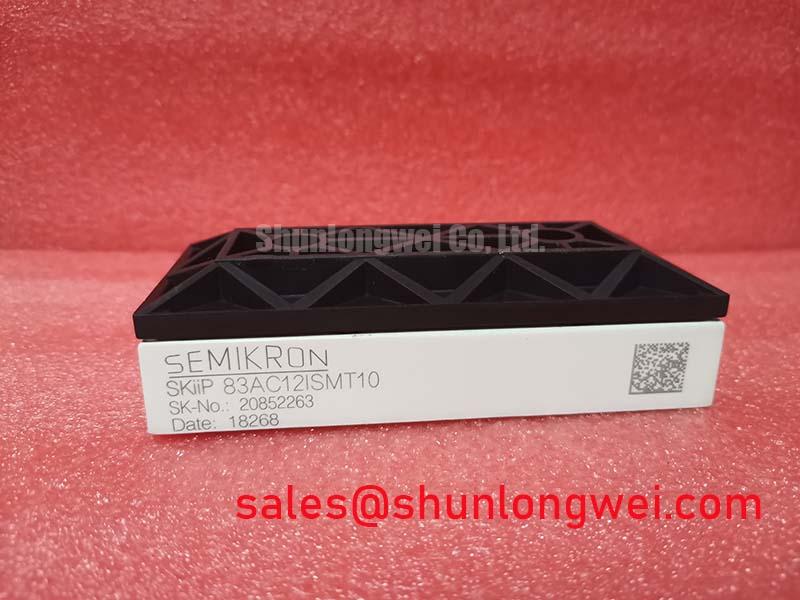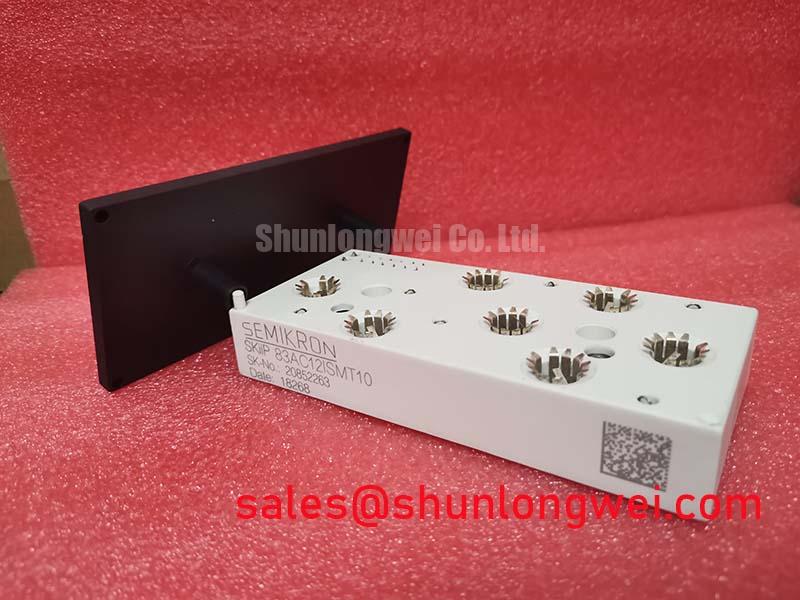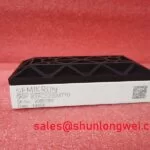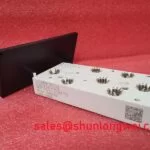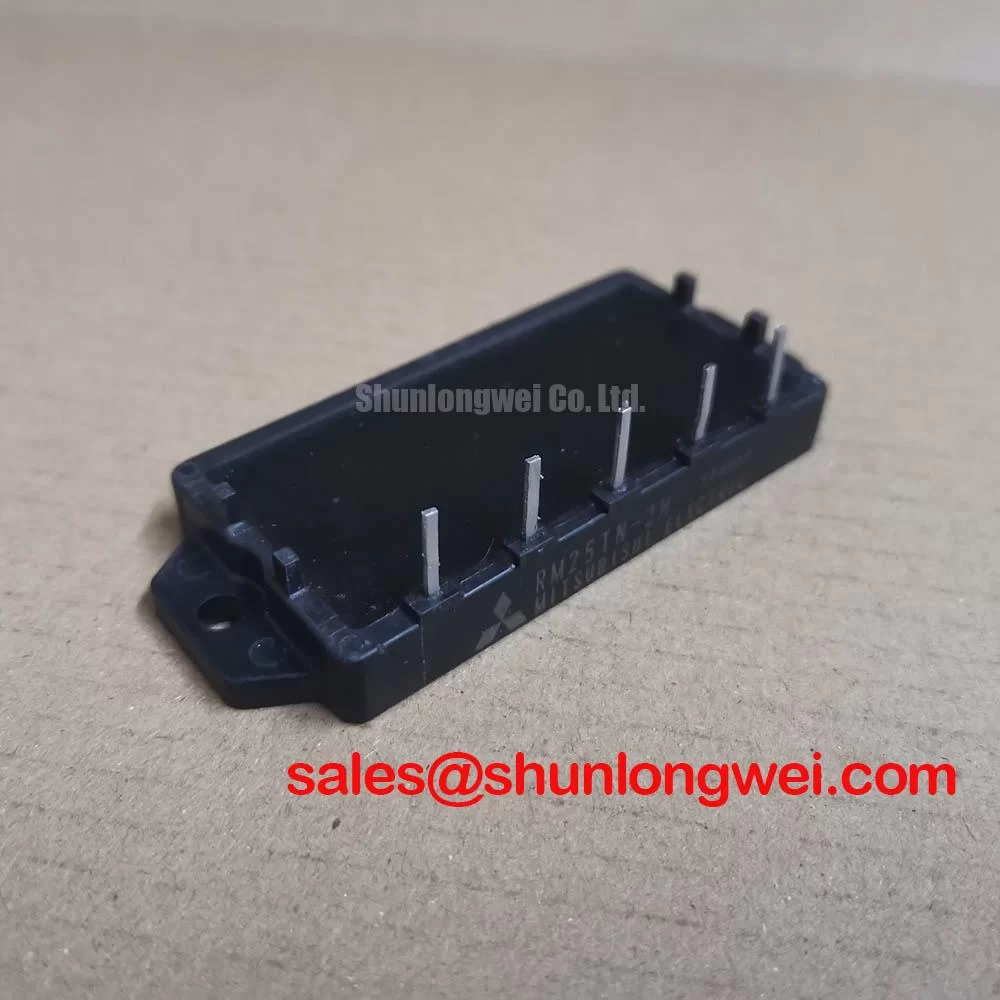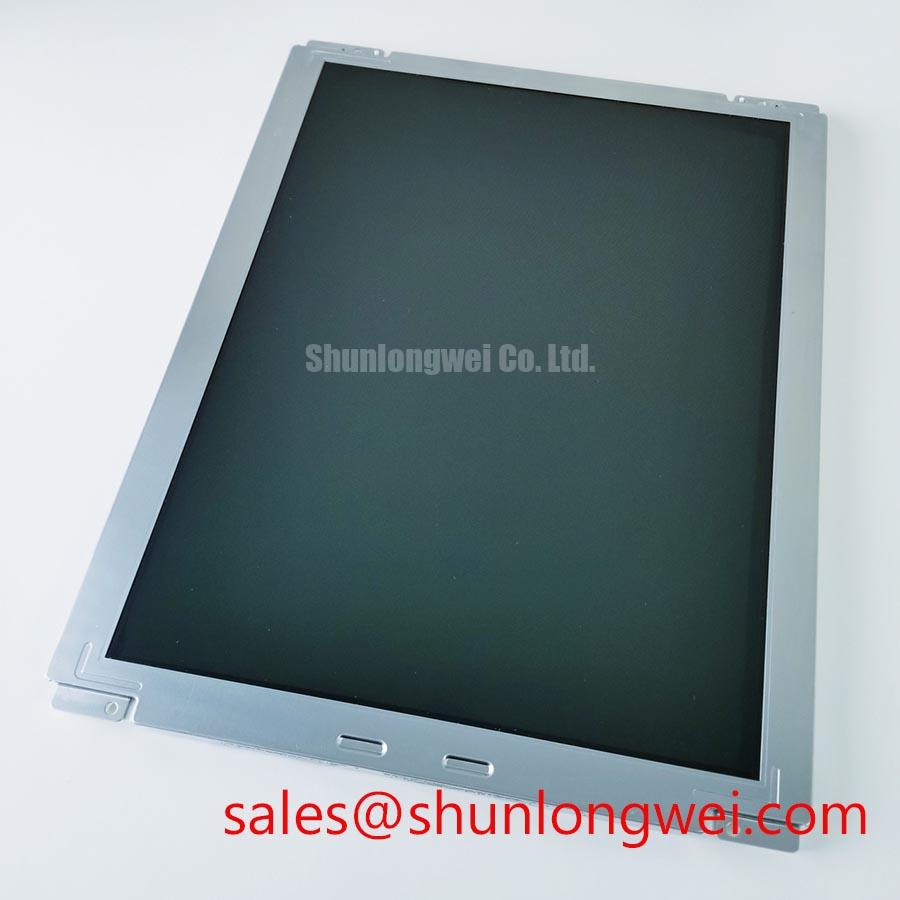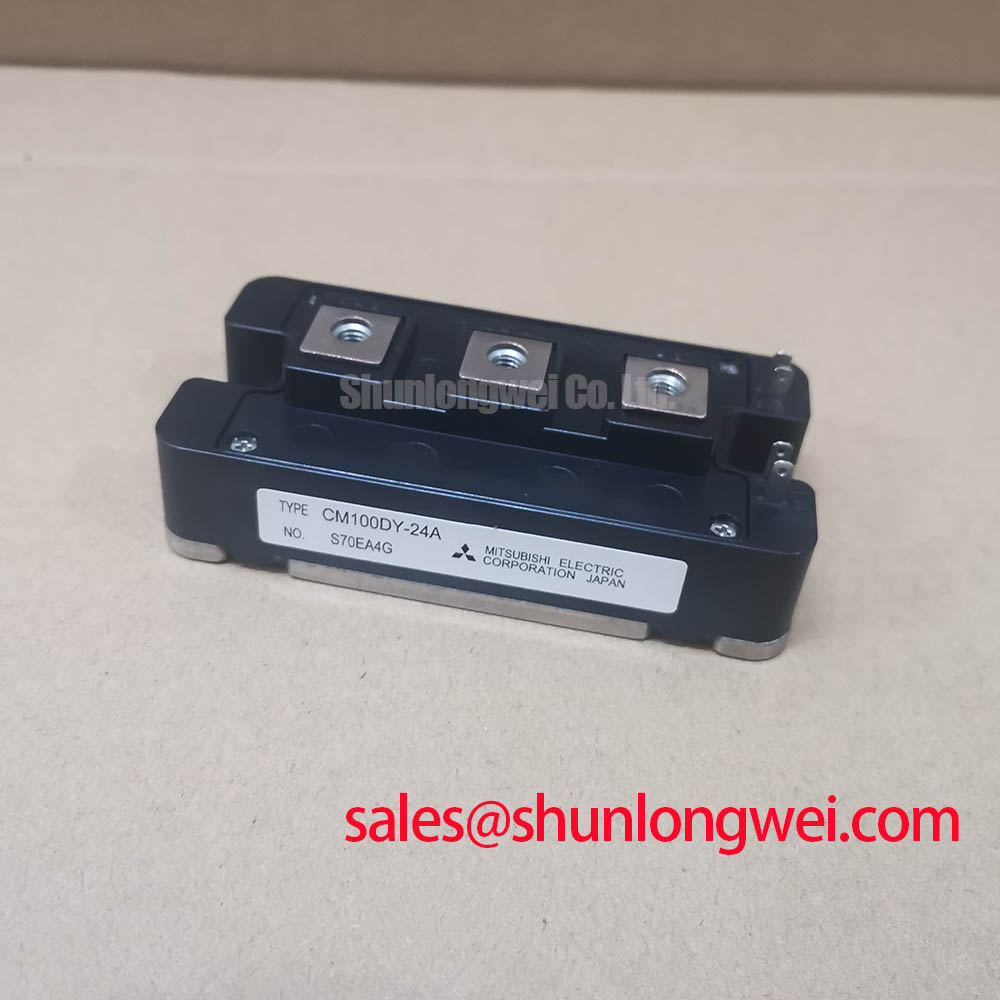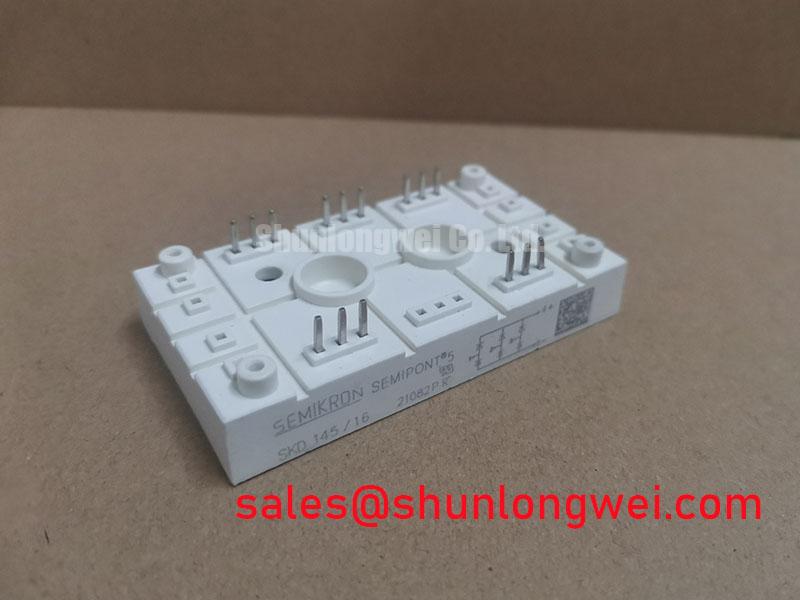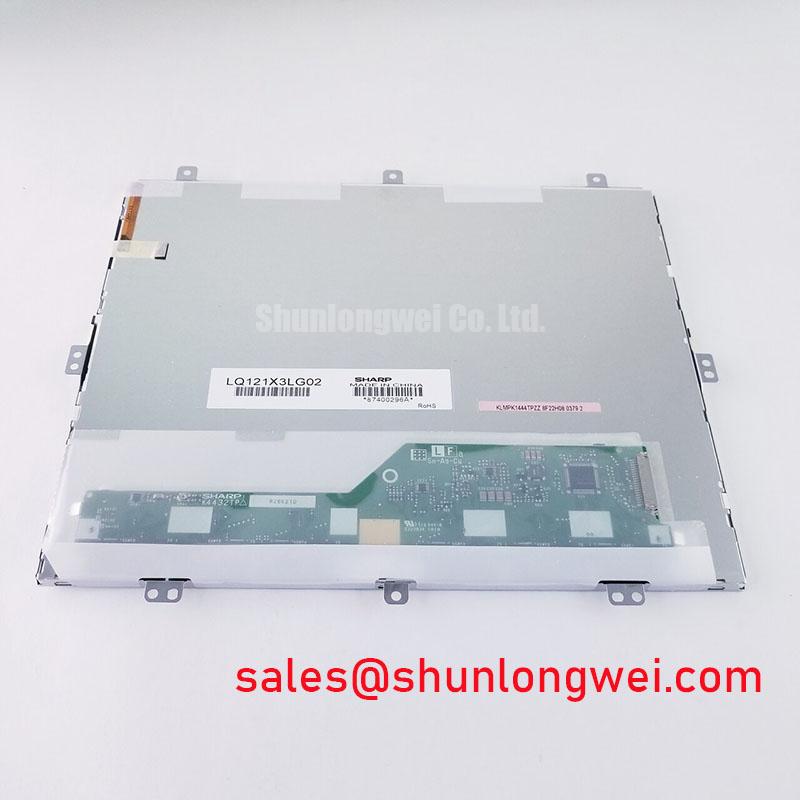SKiiP 83AC121SMT10: Engineering Insights into a Solder-Free 1200V IPM for High-Reliability Drives
An Integrated Power Module Engineered for Longevity and Simplified Thermal Design
The SKiiP 83AC121SMT10 is an intelligent power module (IPM) that delivers a robust, integrated solution for variable frequency drives, solar inverters, and UPS systems. Its core value proposition is rooted in a solder-free design that directly enhances long-term operational reliability and simplifies thermal management. With key specifications of 1200V | 85A (Nominal) | VCE(sat) 1.8V (Typ.), this module provides superior power cycling capability and streamlined system assembly. It directly addresses the engineering challenge of designing compact and durable power conversion stages by integrating the heat sink, power electronics, and gate drive into a single, pre-tested unit. For systems up to 40 kVA demanding high operational uptime, this module's pressure contact technology offers a distinct advantage over conventional soldered modules.
Key Parameter Overview
Decoding the Specs for Enhanced Thermal and Electrical Reliability
The technical specifications of the SKiiP 83AC121SMT10 are architected to deliver reliable performance in demanding industrial applications. The parameters below have been selected to provide engineers with the critical data needed for system design and evaluation, with a focus on metrics that directly impact efficiency and long-term durability.
| Parameter | Value | Engineering Implication |
|---|---|---|
| V_CES (Collector-Emitter Voltage) | 1200 V | Provides a substantial safety margin for applications connected to 400V/480V AC lines, ensuring robustness against voltage transients. |
| I_C,nom (Nominal Collector Current) | 85 A | Defines the module's continuous current handling capability under specified conditions, suitable for motor drives up to approximately 40 kVA. |
| V_CE,sat (Collector-Emitter Saturation Voltage) @ I_C,nom | Typ. 1.8 V | Max. 2.25 V | This low saturation voltage is a direct indicator of conduction efficiency. A lower V_CE,sat means less power is wasted as heat during operation, simplifying thermal design and improving overall system efficiency. |
| t_sc (Short Circuit Withstand Time) | 10 µs | Critical for system safety, this value ensures the module can survive a short-circuit event long enough for protection circuits to react, preventing catastrophic failure. |
| T_j,op (Operating Junction Temperature) | -40 to +150 °C | A wide operating range ensures reliable performance across diverse industrial environments. |
| R_th(j-s) (Thermal Resistance, Junction to Heatsink) | Typ. 0.11 K/W (per IGBT) | This crucial parameter quantifies how effectively heat is transferred from the semiconductor die to the integrated heatsink. A low thermal resistance is like a wider pipe for heat flow, enabling cooler operation and significantly enhancing the module's lifetime and power cycling capability. |
| Topology | Three-Phase Bridge (Six-Pack) | A fully integrated three-phase inverter stage simplifies PCB layout and system assembly compared to using discrete components. |
Download the SKiiP 83AC121SMT10 datasheet for detailed specifications and performance curves.
Application Scenarios & Value
Achieving System-Level Benefits Through Integrated Power Design
The SKiiP 83AC121SMT10 is not merely a collection of components but a pre-engineered power subsystem designed to accelerate development and enhance field reliability. Its primary value is realized in applications where operational uptime and predictable performance are paramount.
- Variable Frequency Drives (VFDs): In motor control applications, the module's excellent thermal cycling capability, a direct result of its solder-free construction, translates to a longer service life under fluctuating load conditions typical of conveyor systems, pumps, and fans.
- Solar Power Inverters: The integrated design and low thermal resistance are critical for solar applications, where high power density and efficiency are required to maximize energy harvest and ensure reliability in outdoor installations with wide ambient temperature swings.
- Uninterruptible Power Supplies (UPS): For UPS systems, the module's robust short-circuit protection and proven reliability ensure that critical power is available when needed most, minimizing the risk of failure during power disturbances.
- Industrial Welding Systems: The module's ability to handle high peak currents and its robust thermal design make it a suitable candidate for the power stages in professional welding equipment.
By integrating the IGBTs, freewheeling diodes, gate driver, and heat sink, the SKiiP 83AC121SMT10 effectively de-risks the most critical part of the power electronics design process. This allows engineering teams to focus on system-level control and software, reducing time-to-market. For systems where maintenance access is difficult or costly, the enhanced reliability offered by this module provides a significant reduction in total cost of ownership. In applications requiring higher power, designers may also evaluate the SKiiP 25AC12T4V1, which offers increased current handling within a similar integrated platform.
Technical Deep Dive
A Closer Look at Sinter and Spring Technology for Long-Term Reliability
A key differentiator of the SKiiP 83AC121SMT10 is its reliance on Sintering Technology and pressure contacts instead of traditional solder joints. This design choice directly addresses a primary failure mechanism in conventional power modules: solder fatigue. Over thousands of thermal cycles, the expansion and contraction of different materials can cause micro-cracks in solder layers, leading to increased thermal resistance and eventual failure.
The SKiiP module circumvents this by using a sintered silver layer to attach the semiconductor die to the substrate. Sintering creates a strong, contiguous metallurgical bond that has a much higher melting point and superior thermal conductivity compared to solder. Think of it as welding the chip down at a microscopic level, versus simply gluing it with a low-temperature alloy. This results in a significantly more robust interface that can withstand more extreme temperature swings for a far greater number of cycles. Furthermore, all auxiliary and power connections are made via pressure-activated springs, eliminating solder from the entire power path and enhancing mechanical resilience against shock and vibration.
Industry Insights & Strategic Advantage
Meeting the Demands for Electrification and System Durability
The push towards greater energy efficiency and the electrification of everything, from industrial processes to transportation, places immense pressure on power electronics. Regulations are tightening, and system operators are demanding longer service life to maximize their return on investment. The SKiiP 83AC121SMT10 directly supports these trends. Its integrated, solder-free architecture is a strategic choice for OEMs building systems that must comply with aggressive energy standards and operate reliably for 10-15 years or more. By providing a pre-validated power core, Semikron-Danfoss enables engineers to build more compact, efficient, and exceptionally durable power converters, which is a key competitive advantage in the industrial automation and renewable energy markets.
Frequently Asked Questions (FAQ)
What is the primary benefit of the integrated heatsink in the SKiiP 83AC121SMT10?
The primary benefit is a guaranteed, optimized thermal interface between the power module and the cooling system. It eliminates guesswork associated with selecting and mounting a third-party heatsink and applying thermal grease, leading to predictable thermal performance and simplified assembly.
How does the solder-free design improve reliability compared to conventional IGBT modules?
Solder-free spring and pressure contacts eliminate the primary wear-out mechanism in power modules: solder-joint fatigue caused by thermal cycling. This results in a significantly higher power cycling capability and a longer operational lifetime, especially in applications with frequent load changes.
Is the gate driver for the SKiiP 83AC121SMT10 integrated into the module?
Yes, this is an Intelligent Power Module (IPM). It includes an integrated gate driver board with protection functions such as under-voltage lockout (UVLO) and short-circuit detection, simplifying the control interface and ensuring safe operation of the IGBTs.
Can this 1200V module be used in 690V AC line applications?
While 1200V modules are typically used for 400V/480V lines, using a 1200V rated module in a 690V system is not recommended as it provides insufficient voltage margin for safe operation, especially considering DC bus overshoots and transient events. A 1700V-class module is the standard choice for 690V line-to-line systems to ensure adequate safety headroom.
Strategic Considerations for System Design
Integrating the SKiiP 83AC121SMT10 into a power conversion system represents a strategic decision to prioritize long-term reliability and streamlined manufacturing over component-level design flexibility. The pre-engineered and pre-tested nature of this intelligent power module significantly reduces the risks associated with thermal management and gate drive implementation. For engineering teams focused on accelerating time-to-market and delivering products with a superior lifetime and lower total cost of ownership, this module provides a validated foundation upon which to build high-performance, durable power electronic systems.

